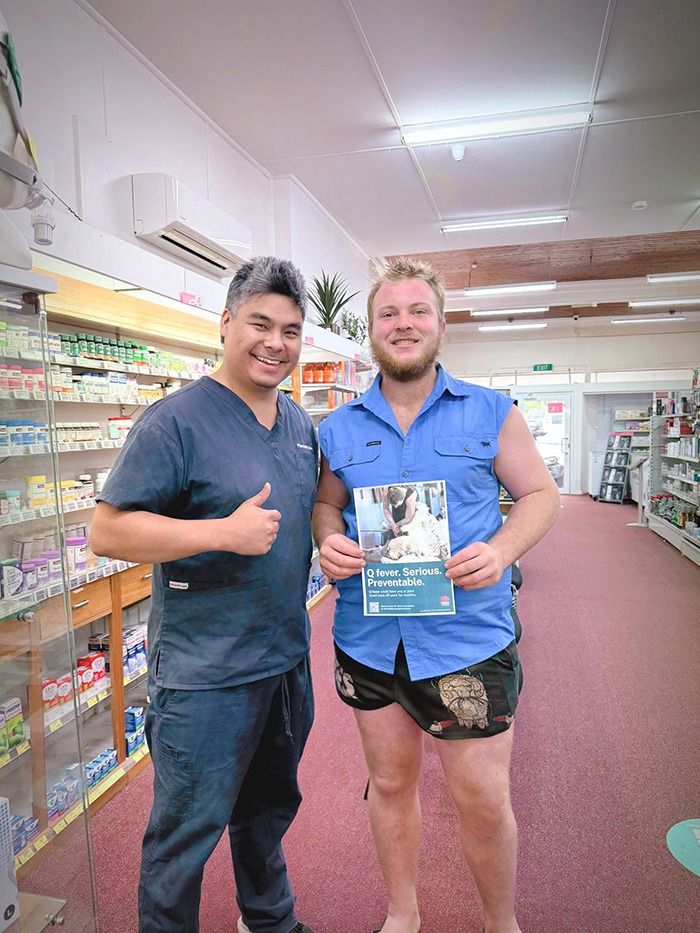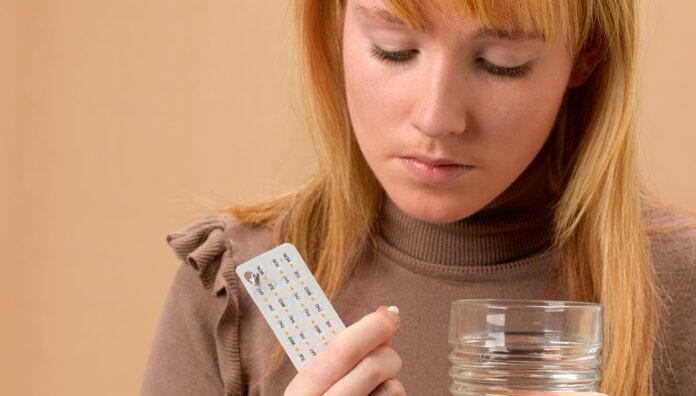New research has indicated that adolescents prefer seeking reproductive health services from pharmacists, but there are barriers to accessing care that must be addressed.
Adolescents face unique and at times greater challenges when accessing sexual and reproductive health (SRH) services than adults, including stigma, limited knowledge, out-of-pocket costs and restrictive legislative frameworks, said SPHERE Research Fellow and lead author of the study Dr Anisa Assifi.
‘Community pharmacies offer a promising, accessible alternative, but only if pharmacists are equipped and supported to meet adolescents’ needs,’ she said.
What are the benefits of pharmacy for SRH?
The review pulled on 25 years’ worth of published research in high-income countries with similar healthcare settings and approaches to care, including Australia and the United States.
Overwhelmingly, adolescents felt they received detailed, high-quality, trustworthy information about contraceptive products from pharmacists.
‘What we found is that adolescents find pharmacy a really accessible and acceptable source of information, and really easy to get into,’ Dr Assifi said. ‘They trusted the pharmacist’s knowledge.’
Across Australia, reproductive health is an area pharmacists are increasingly involved in. With scope of practice broadening, pharmacists have been prescribing emergency contraception, resupplying the oral contraceptive pill and dispensing mifepristone/misoprostol (MS-2 Step).
At the same time, barriers to general practice access have increased; declines in Medicare bulk billing rates coupled with long wait times to see a GP have made pharmacy a more favourable setting for seeking reproductive care,
‘You might wait 5–10 minutes to talk to a pharmacist, depending on the pharmacy and location,’ she said.
Despite efforts to improve sex education in schools, Dr Assifi said students may still be missing the information they need.
‘It’s an amazing opportunity for adolescents to talk to a health professional and get accurate information they may not be getting elsewhere.’
What are the barriers to care?
It’s not all roses, with adolescents still frequently experiencing embarrassment and judgement from pharmacists and pharmacy staff when seeking SRH services, alongside stigma related to being sexually active, Dr Assifi said.
‘Many went in expecting to be judged, so it was both their experience and perception that contributed to them feeling judgement.’
Adolescents also questioned whether pharmacists would maintain confidentiality, and were concerned that the layout of large, high-volume pharmacies could make private conversations at the counter difficult.
‘What did come out was that the difference between pharmacy and family planning or GP clinics is that you’re in a consultation room, so confidentiality is more maintained,’ she said.
‘False barriers’ were also identified.
‘Sometimes pharmacists were not up to date with guidelines or regulations (e.g. age of access, parental consent, prescription requirements) or they created unnecessary hurdles – saying they didn’t stock a product, or that parental consent was required,’ Dr Assifi said.
‘So even though they were trusted, there were still some issues that would come up where they would block that access.’
When pharmacists were empathetic and non-judgmental, including adjusting their body language and lowering their tone of voice, this made a significant difference to patient experience.
‘Some pharmacists were very good at this and recognised the importance of not being judgmental or making assumptions when interacting with adolescents, recognising that they need to be treated with respect and empathy,’ she said.
What’s pharmacists’ perspective?
Most pharmacists found it acceptable to provide contraception to adolescents, including emergency contraception, and felt comfortable counselling this age cohort. However, their acceptability of providing emergency contraception declined as adolescents’ age decreased.
‘Pharmacists felt more comfortable interacting with older adolescents and were looking for further training and support about how to provide appropriate care to an adolescent that meets their needs, including how to interact with them through those discussions and encounters.’
Dr Assifi said more research was required to understand the training and support mechanisms that would better enable pharmacists to provide adolescent-friendly care.
‘Pharmacists, along with any other health professionals, have their own personal belief systems, and we did find in quite a few studies that this made them unwilling or unhelpful to provide care,’ she said.
‘So we need to ensure that if one pharmacist is uncomfortable, another is available to provide the service so adolescents receive appropriate information and sexual and reproductive healthcare.
‘I think it’s an injustice to the young person if we can’t provide them with the appropriate information and support required of an SRH that they’ve come to you as a health professional seeking.’
What needs to be considered?
PSA’s Code of Ethics states that in the instance of conscientious objection, pharmacists must ‘inform the patient when exercising the right to decline provision of certain forms of health care based on the individual pharmacist’s conscientious objection, and in such circumstances, appropriately facilitate continuity of care for the patient’.
‘What’s important is ensuring adolescents don’t feel judged or embarrassed when seeking information or services, and that they still receive the care they need,’ Dr Assifi agreed.
‘Adolescent-friendly care isn’t simply about mannerisms and the way a pharmacist interacts and talks with a young person. Pharmacy staff and dispensing technicians also need to be involved in how to have these conversations.’
The pharmacy environment also has a role to play. Consultation rooms should be the standard setting for conversations about contraception to take place.
‘The availability of private consultation rooms is a great step forward, and being able to offer that space to a young person to have those conversations in – whether they choose to take it or not – is really important.’
Do not use a paper checklist!!
SPHERE is currently working on further research to identify the impact of the paper form and checklist still used by some pharmacists when supplying emergency contraception.
While the checklist has been found to be a barrier to access, this is likely even more pronounced in adolescents.
‘We don’t want young people to feel like their personal information is being taken and they don’t know what’s being done with it,’ Dr Assifi said.
‘Alternative ways where a young person can signal or provide that information so it doesn’t feel as jarring as saying it across the dispensing counter should be considered.’
PSA’s Non-prescription medicine treatment guideline: Emergency Contraception, found in the Australian Pharmaceutical Formulary and Handbook or PSA Resource Hub, advises pharmacists to ‘Gather patient information in a confidential, respectful and non-judgemental manner. Do not use a written checklist or form because the patient (or third party) can perceive it as a barrier to care’.


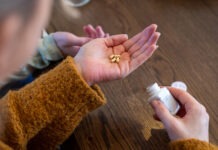



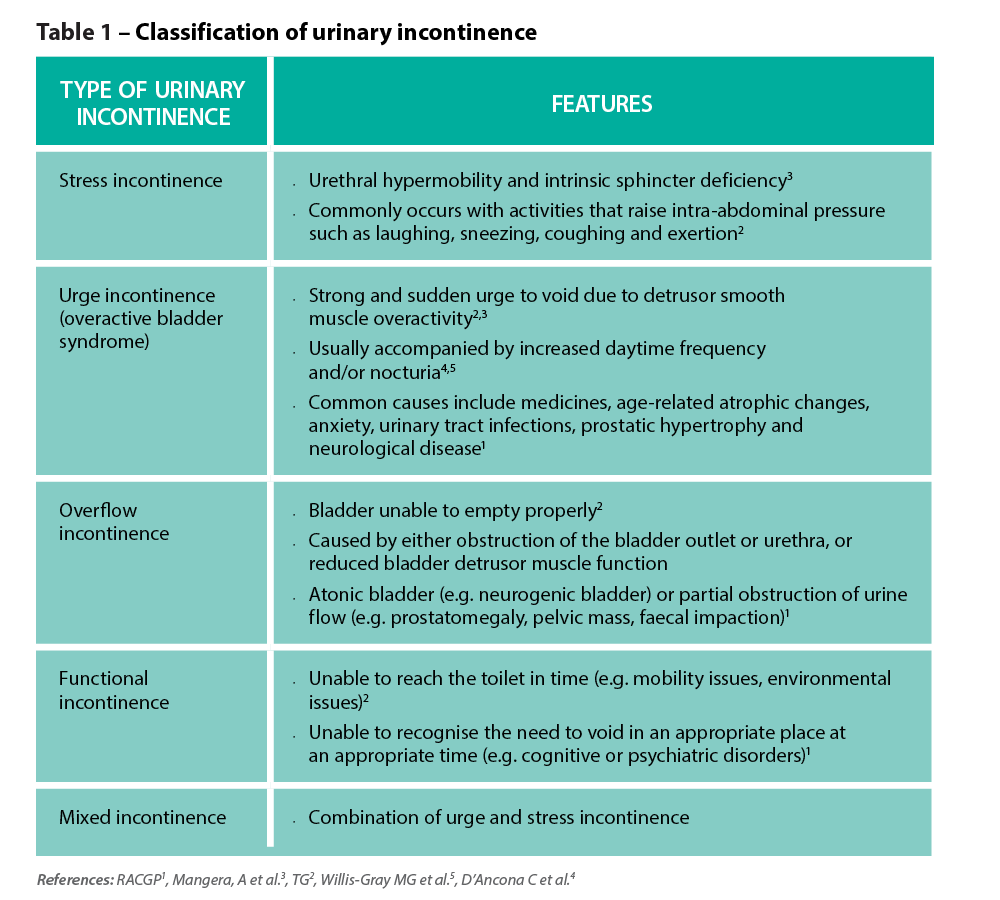
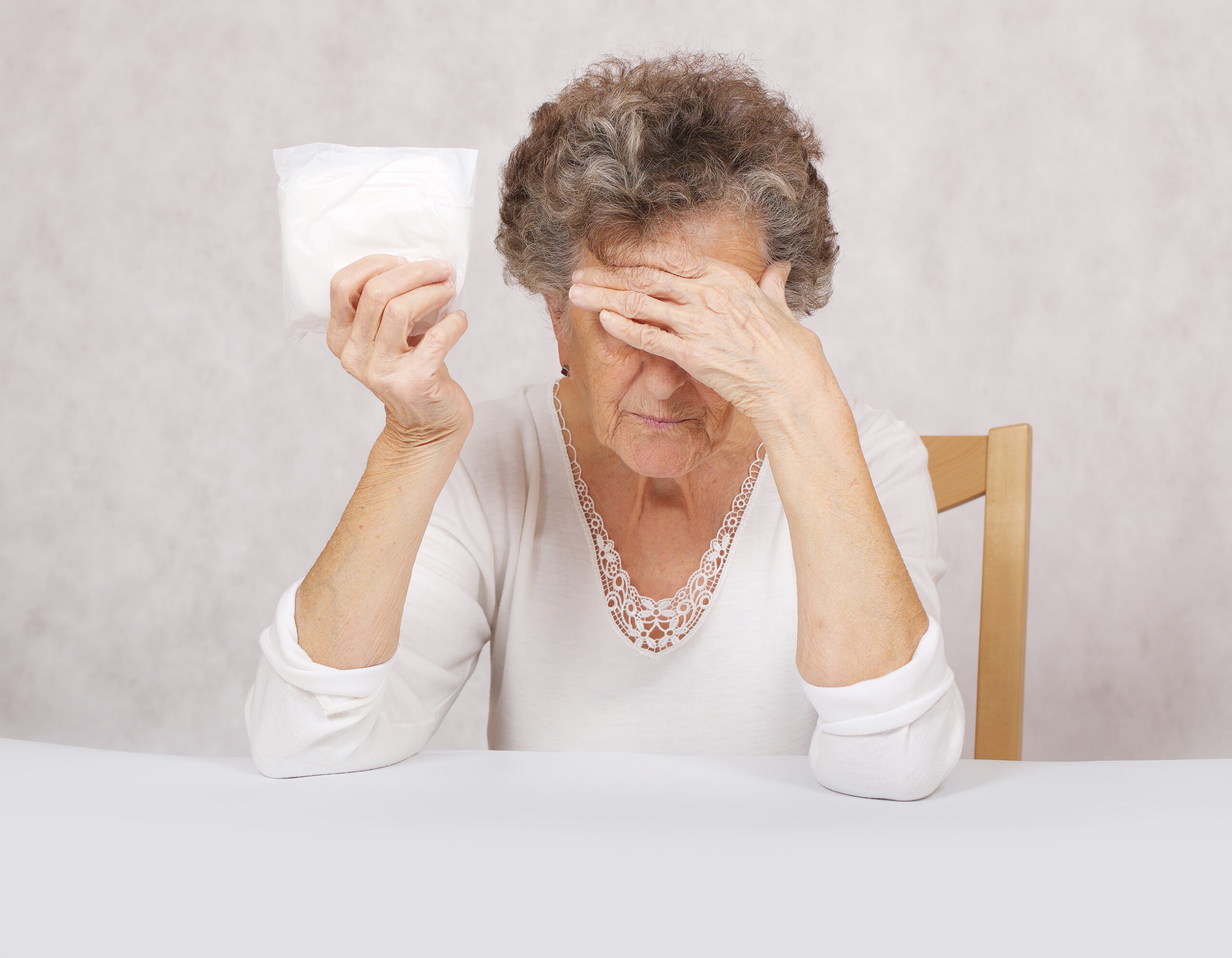 Patient resources
Patient resources
